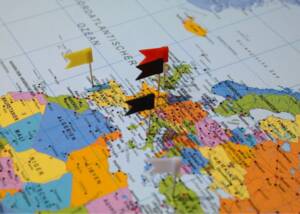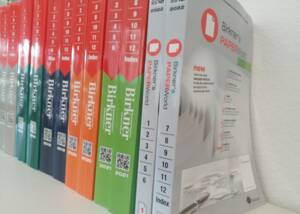Interesting Facts about the History of the Poster
News General news
Whether you use them for advertising, for announcing an event or as piece of art – posters have been around for quite some time. Here you can find some facts about the origins of the poster, including, as well, the most popular designs.

The Purpose of Posters
A poster attracts attention through its large size – no doubt. However, when you add colours and typography to the mix, you have got the ideal means of advertising. Then and now, posters have, indeed, been one of the favoured choices for promotional purposes among companies. Whereas the advertising pillars covered in numerous posters used to be the main source of advertising in the old days, today, we find those increasingly replaced by digital content. Nevertheless, there is still a large number of sectors, such as the event marketing sector for instance, where you can find the typical poster hoardings, notifying people of an upcoming event. These poster hoardings are also often put to use by political parties whenever there is a new forthcoming election. After all, posters are a great device to raise one’s awareness.

There are different sorts of posters, such as leaflets or informational posters (e.g. at administrative bodies, schools, (trade) fairs)that serve different purposes, some of which are:
• Advertising new products and services
• Announcing of events (cinema, concerts, etc.)
• Informing about election programmes
• Being perceived as a work of art
The Origin of Posters dates back to the 16th Century
Posters were deployed as early as the 16th century. Back then, they were used in the Netherlands in form of leaflets when citizens rebelled against the Spanish occupation. The Dutch word “plakatten” has thus become “placard” or poster, respectively. Those posters were, then, issued through various techniques, such as lithography and planographic printing. Nowadays, these printing techniques have been superseded by digital technology.
Lithography
In the 1800s, lithography was the common choice when manufacturing posters. There, a stone (usually a lithographic limestone) or a metal plate with a smooth surface were used to lay on a pattern (image, text or musical scores for instance), which was later printed onto paper. It was even possible to create multi-coloured prints beside the plain-coloured ones. This provided creative freedom to various artists who could, at that, design large-scale pictures and texts. Lithography is considered one sort of flat printing out of which the modern flat printing emerged later on.
Fields of Application
Posters have been used in different areas, as for example in advertising, as stylistic means of expression similar to works of art, or for the purpose of announcing events, such as concerts or movie releases. One major area, where posters came into play, used to be the tourism industry. The tourism business did, indeed, gain the majority of their clients by means of poster advertising.

Popular Poster Artists
The Frenchman Jules Chéret has been considered “the father of the modern poster” and one of the first artists who devoted his craft to the professional poster design for the purpose of sole artistic expression. Design and technique went hand in hand there. This did, in fact, blaze the trail for the manufacturing of commercial and industrial poster designs, which led to a movement in Paris that was largely dedicated to the topic of poster design. As a result, increasingly more artists exhibited their poster work at art galleries.
Two Important Forms of Stylistic Expression
Over time, popular posters were reinvented repeatedly in various new styles, two of which are pop art and punk design.
Pop Art
Almost everyone has heard of Andy Warhol, the 1960s artists who the famous pop art look can be attributed to. This style is characterised by the conspicuous colour contrasts and remarkable patterns that strike the eye immediately. The typography, too, is considered an important design element and typical of this style, which was mainly used by companies for the purpose of advertising new products.

Punk Design
Round about 1975, another very distinctive poster design arose within the punk scene, the so-called punk design. This style originated in the streets of London and New York and dispersed in more and more countries with time. This design could certainly be described as provocative as the youth culture itself back then.
Digital Poster Design
Since the 1990s, poster design has become an increasingly digital affair. This makes the process not only faster but cheaper as well. In fact, with digital printmaking, it was first made possible to create complete artwork on the computer and to print it directly thereafter. Digital poster design has thus become accessible to people who might have only little experience with classical printing techniques. Accordingly, with the rise of digital printing technology, progressively more artwork has been conceived on the computer and further realised in digital form.










